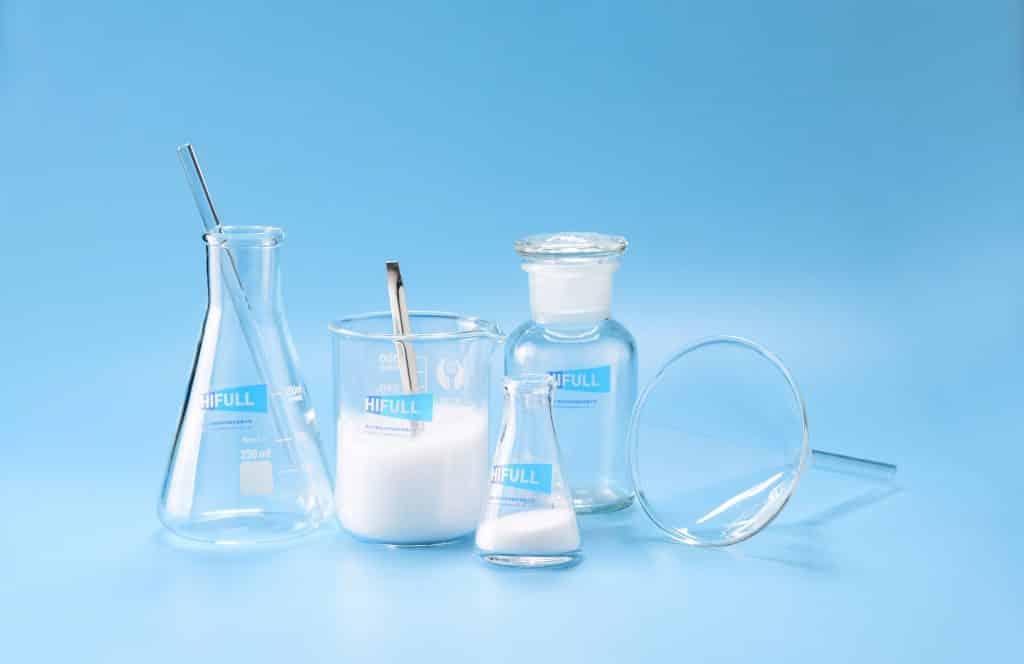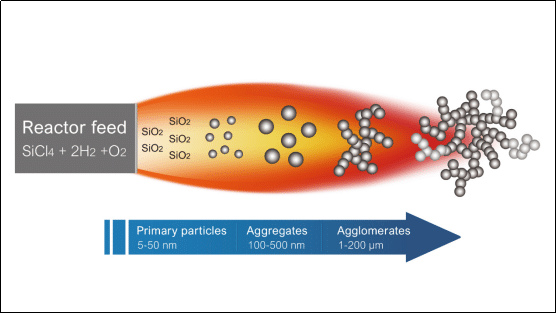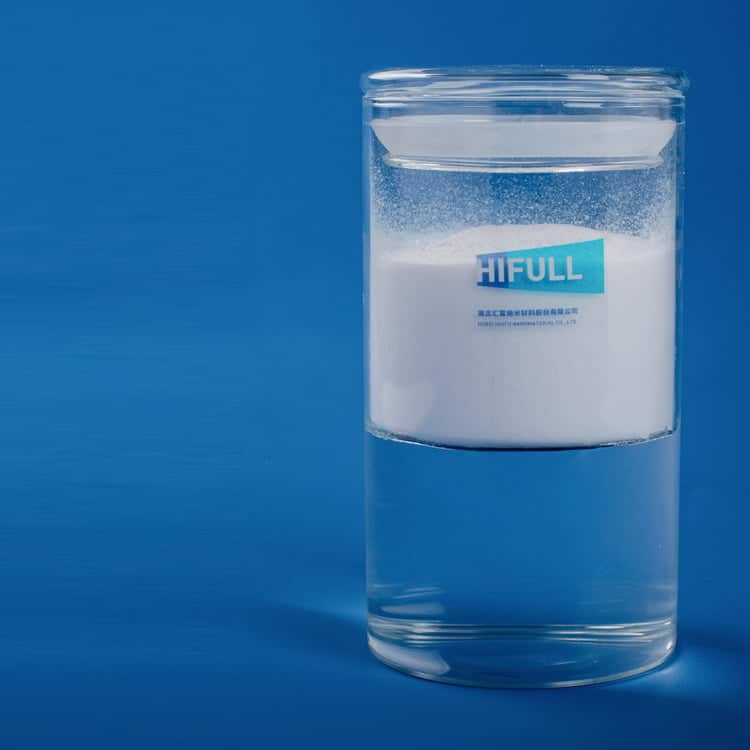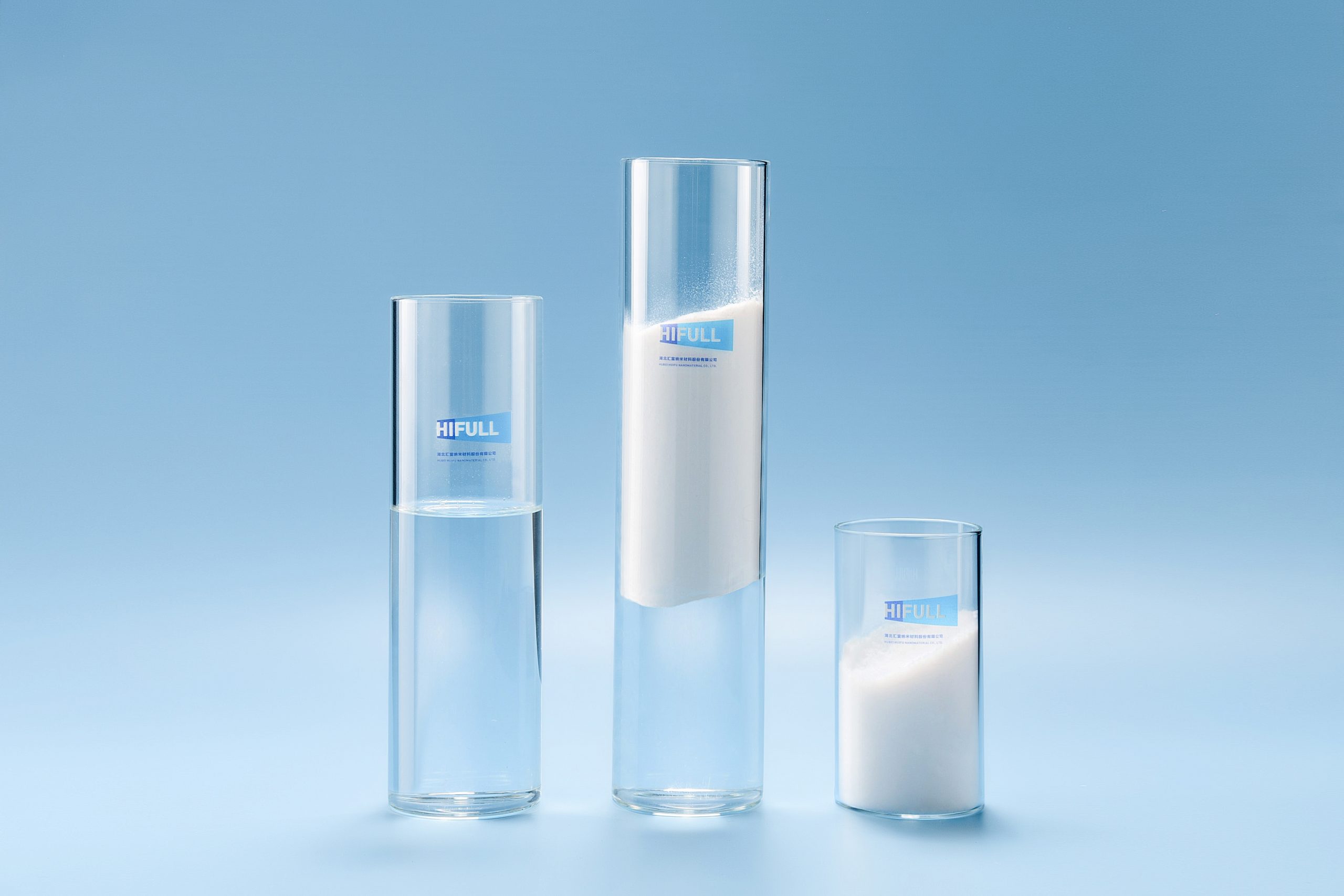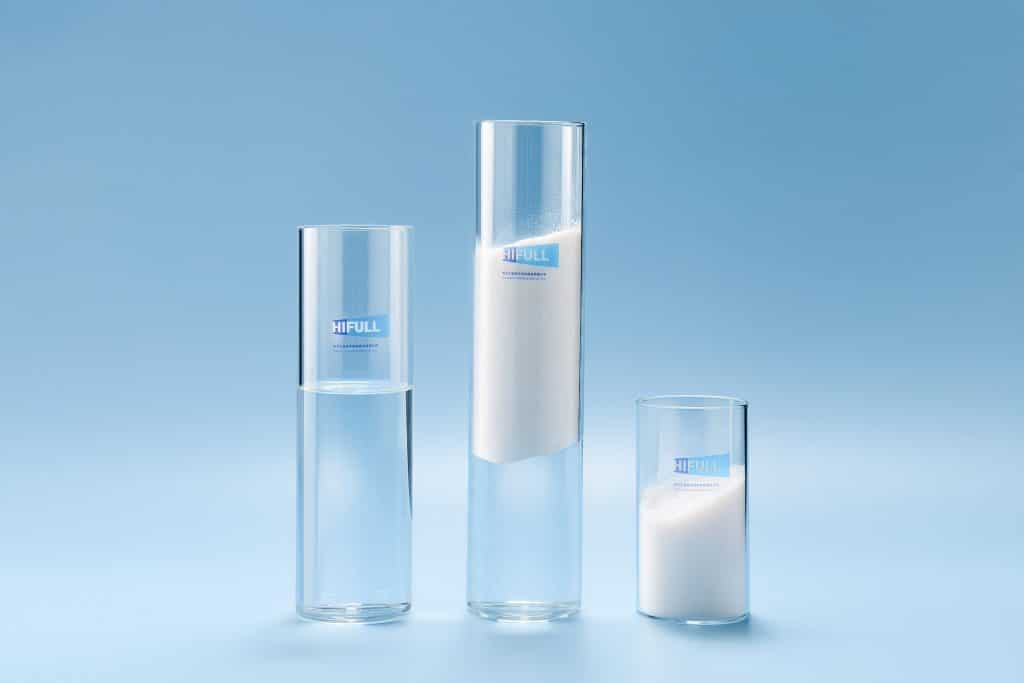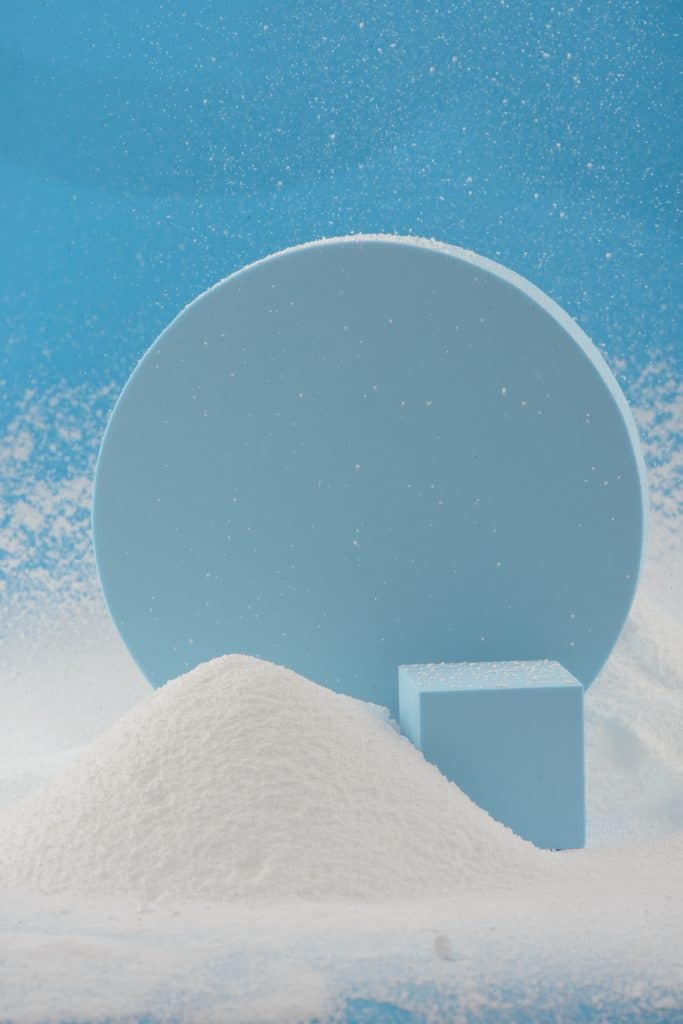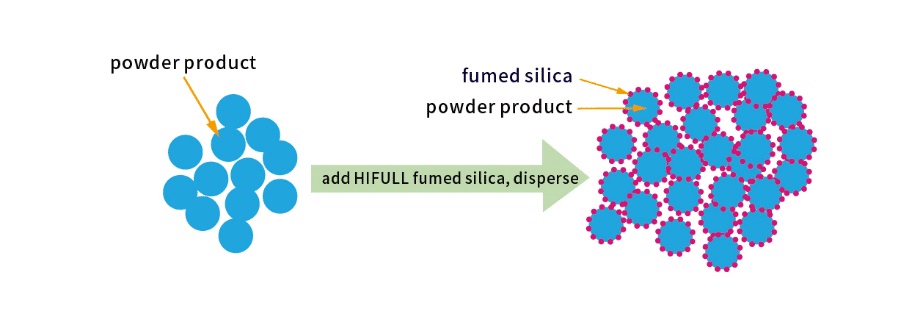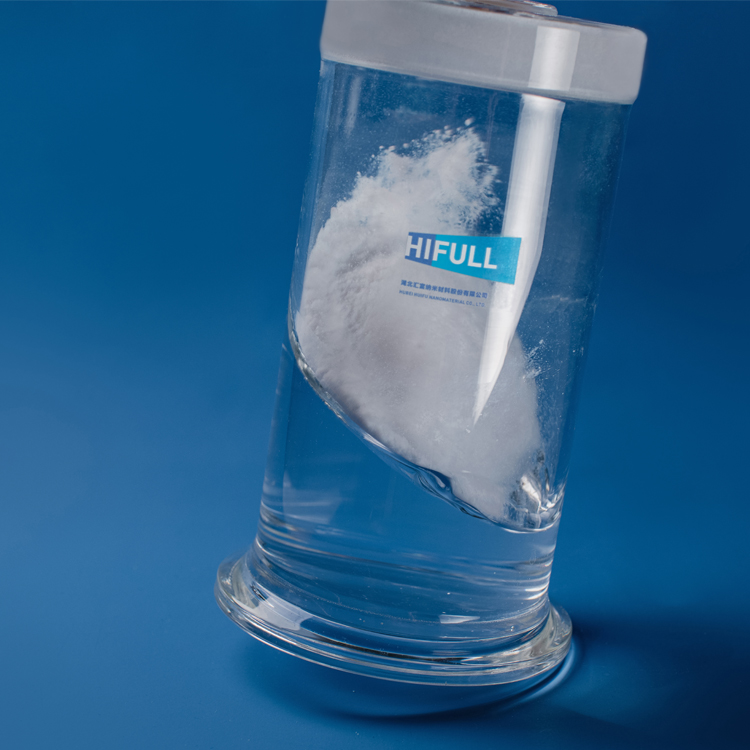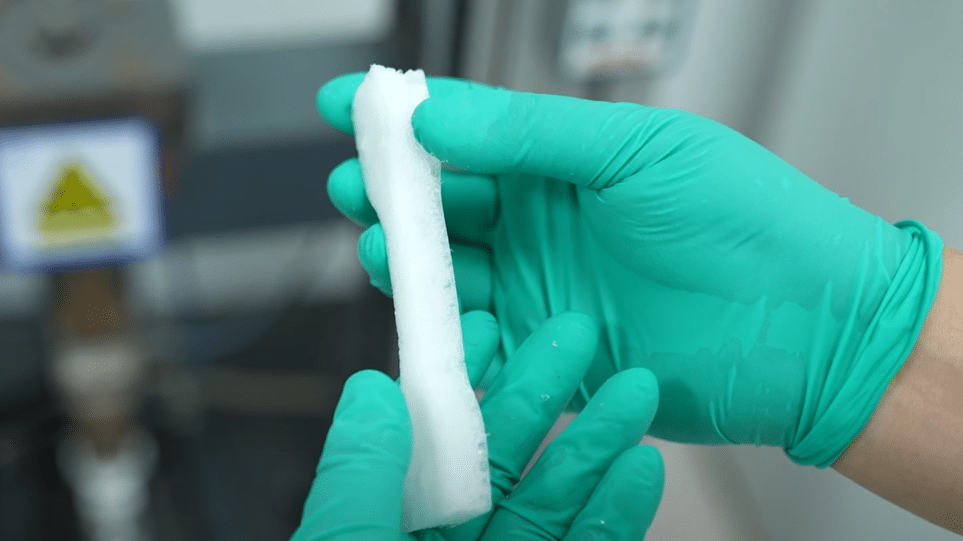How to Choose Between Hydrophilic and Hydrophobic Fumed Silica
In the realm of nanomaterials, fumed silica emerges as a versatile substance with properties that can be tailored for various applications. One significant distinction lies in its hydrophilic and hydrophobic attributes. Understanding the factors influencing the selection between these two forms of fumed silica is paramount for optimizing product performance. Let’s delve into the world of fumed silica and explore the key considerations that shape this choice.
The Genesis of Fumed Silica
Fumed silica comes into being through a high-temperature hydrolysis process involving silicon halides in a hydrogen-oxygen flame. The resultant nanoscale amorphous powder exhibits unique characteristics that find utility across diverse industries.
What Are The Materials And Processes Used To Manufacture Fumed Silica?
Hydrophilic Fumed Silica: Properties and Applications
Hydrophilic fumed silica is characterized by surface hydroxyl groups that readily interact with water molecules, endowing it with water-attracting qualities. This type of fumed silica smoothly wets surfaces and disperses within water-based systems. It’s particularly suited for non-polar or low-polarity products.
Applications of hydrophilic fumed silica extend to non-polar systems such as methyl siloxanes, polyvinyl chloride (PVC), and various hydrocarbons. It also finds a place in low-polarity systems like MS Polymers and STP-E, contributing to stability and dispersion.
Hydrophobic Fumed Silica: A Shift in Properties
By treating hydrophilic fumed silica with modifying agents, its surface hydroxyl groups can be either reacted or masked, leading to hydrophobicity. Hydrophobic fumed silica repels water, making it ideal for medium to high-polarity systems.
In contrast to its hydrophilic counterpart, hydrophobic fumed silica suits systems like polyurethanes, polyols, epoxy resins, and other polar environments. Its reduced polarity aligns with higher-polarity product systems.
Why Fumed Silica Need To Be Treated To Be Hydrophobic?
Factors Influencing the Choice
Three primary factors govern the selection between hydrophilic and hydrophobic fumed silica:
1. Inherent Properties of Fumed Silica
The polarity of the product system determines the compatibility of fumed silica. Hydrophilic fumed silica aligns with non-polar and low-polarity systems, whereas hydrophobic fumed silica is suited for medium to high-polarity environments. As the polarity of the system increases, the polarity of the fumed silica should decrease.
2. Application System and Scenario
The nature of the application system is a key determinant. Hydrophilic fumed silica finds favor in non-polar systems such as PVC, while hydrophobic fumed silica is fitting for epoxy resins and high-polarity environments. Matching the fumed silica polarity to the application system is crucial for optimal performance.
3. Cost Considerations
Cost plays a significant role in the selection process. Hydrophilic fumed silica is generally more cost-effective than its hydrophobic counterpart. This aspect is vital for applications where cost sensitivity is a primary concern.
conclusion
In conclusion, the choice between hydrophilic and hydrophobic fumed silica rests on a careful analysis of the product’s nature, the application system, cost considerations, and the desired dispersion method. Hydrophilic fumed silica is best suited for products requiring interaction with water molecules, while hydrophobic fumed silica serves well in scenarios where water repellency or specific processing methods are required. Ultimately, the decision should be aligned with the product’s requirements and the overall cost-effectiveness of the chosen fumed silica variant.

